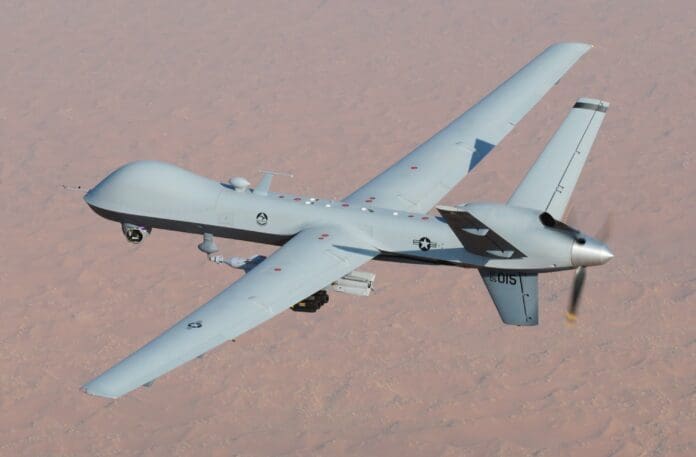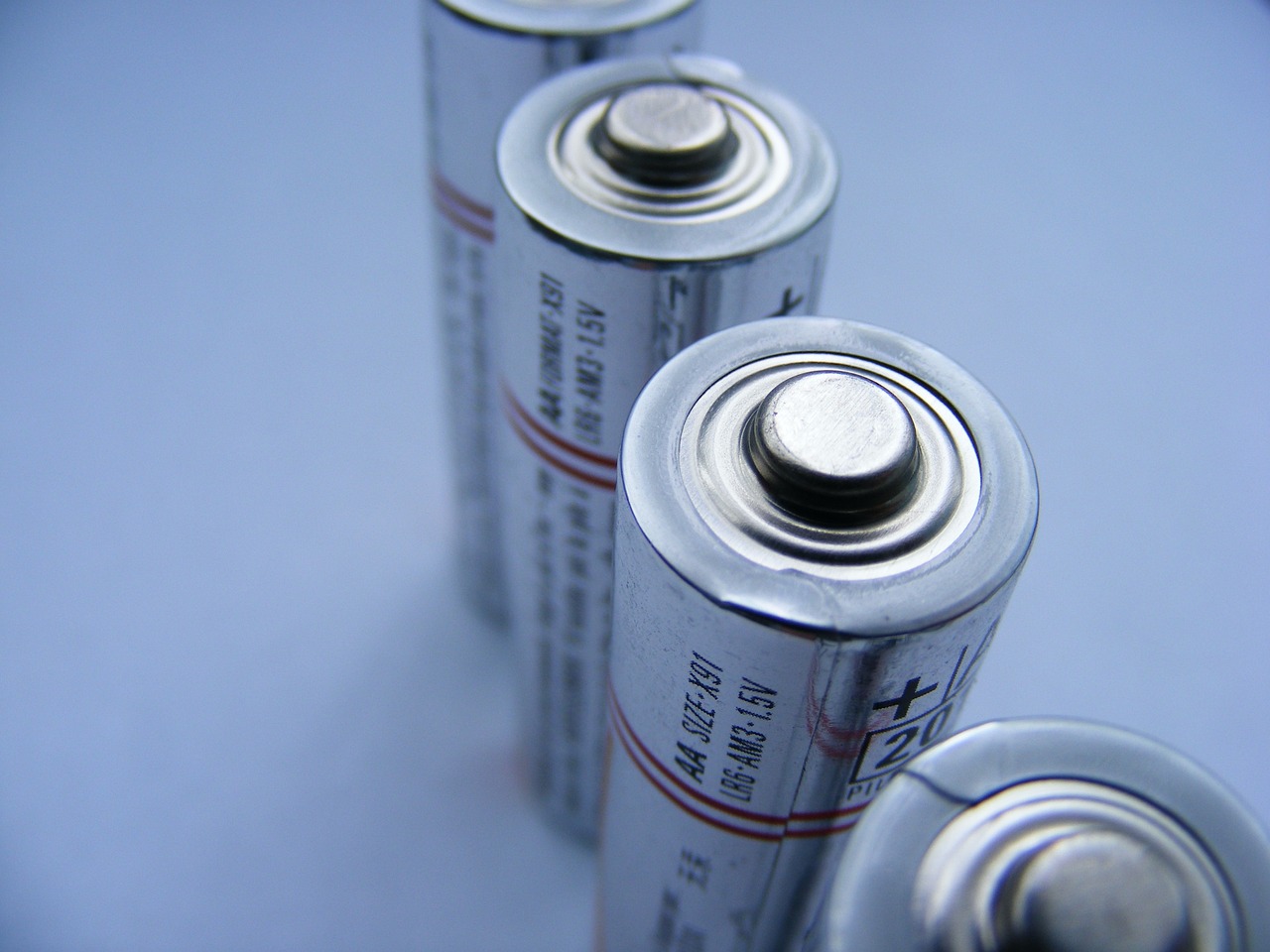This post is also available in:
 עברית (Hebrew)
עברית (Hebrew)
General Atomics has confirmed the development of a new airborne laser weapon designed to enhance the capabilities of the MQ-9 drone system. In collaboration with the U.S. Department of Defense, the company is working on an air-to-air laser pod that is expected to provide counter-unmanned aerial system (C-UAS) capabilities, improving the drone’s operational effectiveness in complex battle environments.
The laser pod, which is still in development, aims to provide a versatile and powerful solution for neutralizing aerial threats. According to reports, the system is designed to feature a 25-kilowatt laser, though the technology itself can be scaled up to 300 kilowatts. The lower power level for the MQ-9 is a result of size constraints imposed by the drone’s design, but it still offers substantial firepower for missions that require extended coverage against smaller, slower-moving aerial targets.
General Atomics has already completed ground tests of the laser’s core components, though full airborne testing has yet to be conducted. The system’s design leverages advanced battery packs mounted on the drone’s wings, ensuring the laser can operate for extended periods without exhausting the drone’s primary power source. This feature is expected to support the drone in both offensive and defensive missions, particularly in counter-UAS operations.
The new laser system builds on General Atomics’ previous work with high-energy laser (HEL) technology, which has been proven effective in detecting and disabling a range of threats, including unmanned vehicles, missiles, and other projectiles. The modular and scalable nature of the laser allows it to be adapted to various platforms, including air, land, and sea-based systems.
While airborne laser defense systems are not a new concept, the new effort by General Atomics focuses on integrating a laser weapon pod that is tailored specifically for the MQ-9 drone. This development represents a significant step forward in enhancing drone capabilities for modern warfare, particularly in countering emerging aerial threats.


























